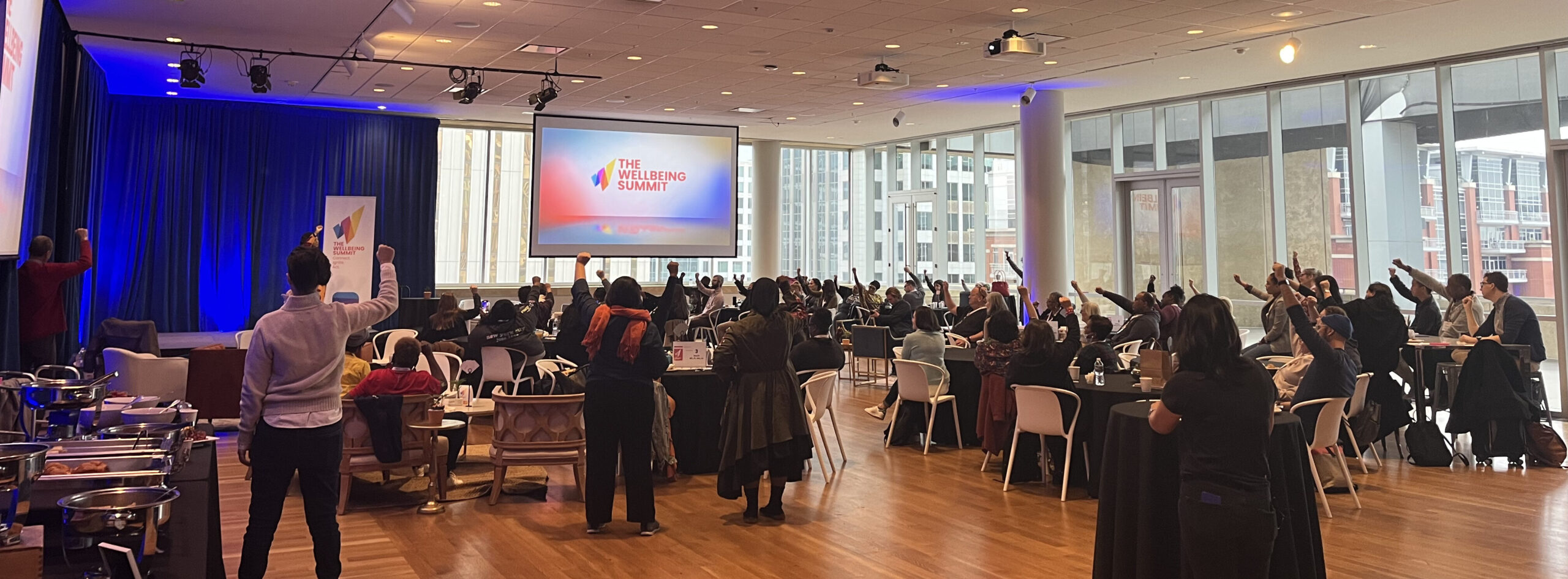Mission Transition
In 2024, FFI was on the ground across the country, partnering to make meaningful shifts in planning and the built environment, community power building, child welfare, youth mental health, elder abuse prevention, public procurement, child welfare, housing and homelessness, and climate. Hundreds more changemakers engaged with FFI’s tools through virtual programs, such as the Wellbeing Design Challenge.
Despite this momentum and demand, we faced unprecedented headwinds in securing two key drivers of system change — talent and sustainable long-term funding. In October 2024, the Board of the Full Frame Initiative determined that because these factors were unlikely to improve in the near term, we risked being unable to insulate our community partners from bearing the brunt of resulting harms.
The Board voted to initiate a responsible and impactful wind-down of the organization’s operations. Our Mission Transition had three goals: Take Care of Our People, Take Care of Our Partners, and Help the Mission Live On. Together with our partners, we designed tailored endings of current work and envisioned what it would look like for the work to continue. The message was clear: “We’re going to keep this going.” We heard three needs for FFI’s last five months of work: access to content, connections among the community, and building confidence to keep the work going. For more about the national network of allies and our mission transition strategy, see Beyond FFI.
